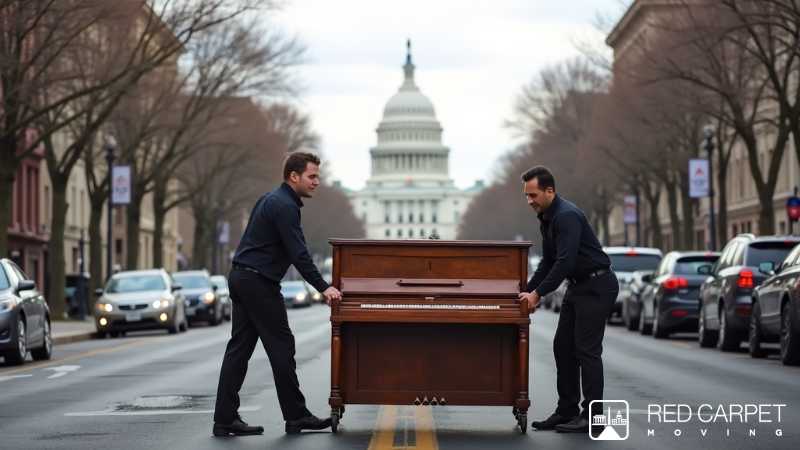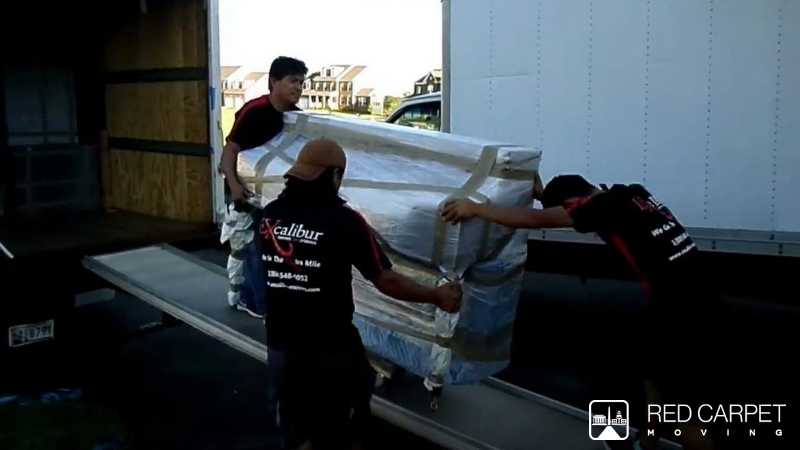Antique furniture isn’t just decor, it often represents family history, craftsmanship, and lasting value. Moving these pieces can be one of the most stressful parts of relocating. Unlike newer items, antiques are more sensitive to temperature, pressure, and handling errors. A scratched surface, chipped leg, or dented frame could permanently reduce both their financial and sentimental value.
Whether you’re downsizing, upgrading, or simply changing homes, proper planning and packing are key to ensuring your antique furniture arrives safely. Below are essential strategies to help you handle antique items with care while also managing a smooth overall move.
Preparing your antiques and planning the move
Before packing anything, it’s important to evaluate what you’re moving and how it will be handled.
Inspect and document each piece: Start by carefully inspecting every antique item for existing damage, such as loose joints, scratches, or weak legs. Take photos of each piece from different angles and write down their current condition. If any item has high monetary value, consider getting a professional appraisal. This documentation can be helpful for both insurance and post-move inspection.
Cleaning each piece with appropriate, non-abrasive products will also remove dust that can scratch surfaces when wrapped. Avoid applying oils or wax right before the move, as these can soften finishes and trap packing materials.
Disassemble and pack smart: If your antique furniture includes detachable parts like mirrors, table legs, or drawers, take them apart. Wrap each piece separately in acid-free tissue or soft fabric, followed by a protective layer of bubble wrap. Keep all screws, bolts, and small parts in labeled bags, taped securely to the main piece or stored in a clearly marked container.
Use foam padding or blankets to protect carved details and edges. For extremely delicate items, consider having custom wooden crates made to match their dimensions for maximum protection.
Safe packing techniques and moving day strategy
Once you’ve prepared your furniture, focus on using the right materials and handling methods throughout the move.
Choose quality packing supplies: Not all packing materials are created equal. Use double-walled cardboard boxes, bubble wrap, foam sheets, stretch wrap, and thick moving blankets. Avoid using newspaper on wood or fabric surfaces, as the ink can rub off. Plastic wrap should never be applied directly to wood, it can trap moisture and cause damage.
If you’re packing smaller antique items, fill any empty spaces in boxes with soft materials like towels, packing paper, or foam inserts. This prevents shifting during transit. Mark each box with “Fragile,” “This Side Up,” and the room where it belongs.
Label and inventory: Keeping a detailed inventory not only helps you track your belongings but also speeds up unpacking. Label each box with its contents and the destination room. You can also color-code your boxes by room or assign numbers that match a master list.
For antiques, it’s helpful to include special handling instructions right on the box or crate, especially if movers are assisting. This may include notes like “Do not stack” or “Open from this side only”.
Work with the right movers: If you’re hiring movers, choose a company that has experience handling antiques or specialty items. Ask questions about their packing methods, insurance coverage, and experience with similar moves. Reading reviews and asking for references can help ensure you’re trusting your valuable furniture to professionals who know how to handle it.
If you’re moving the items yourself, make use of dollies, straps, and padding in the vehicle. Always lift antique furniture—never drag it across floors, even short distances.
Caring for antiques after the move
To preserve the condition of your antique furniture after the move, keep it away from direct sunlight and areas with high humidity, as both can cause warping, fading, or other long-term damage. When unpacking, take your time and carefully inspect each piece for any new signs of damage, using the photos and notes you took before the move for comparison.
Avoid rushing the reassembly process, antique furniture requires gentle handling and precision to ensure nothing is forced or misplaced. With thoughtful packing, careful handling, and attention to detail, you can move into your new home confident that your most valued pieces are safe and well cared for.


